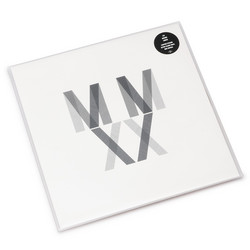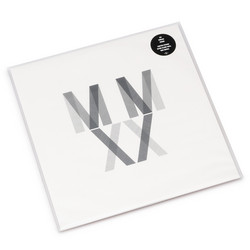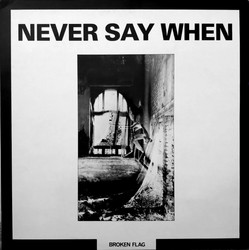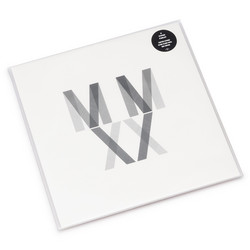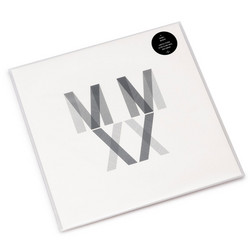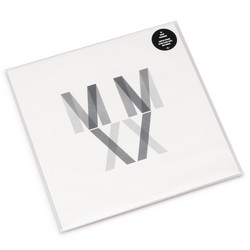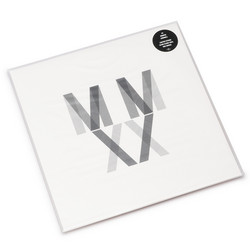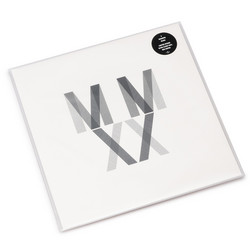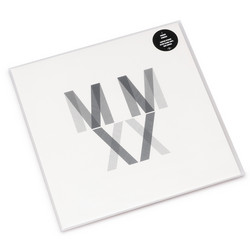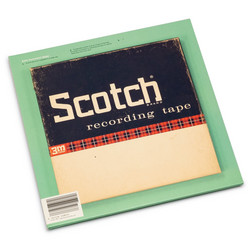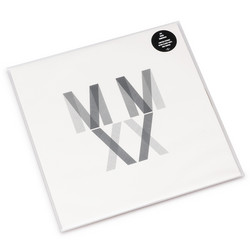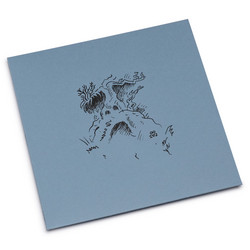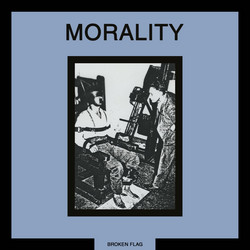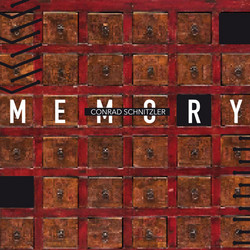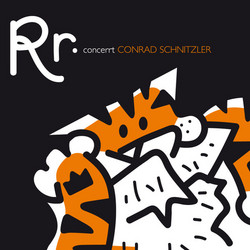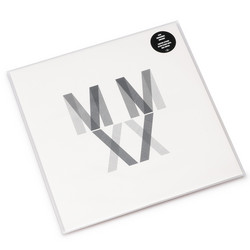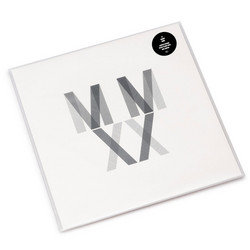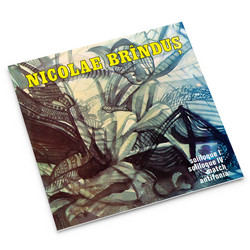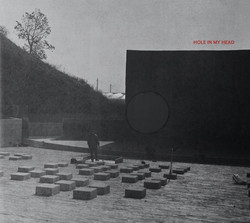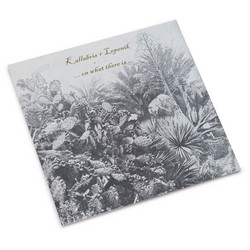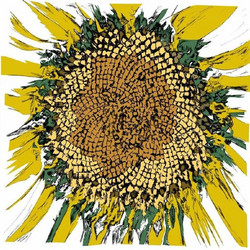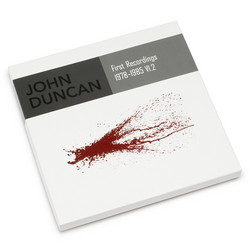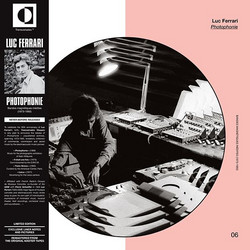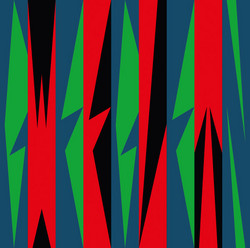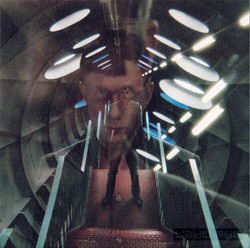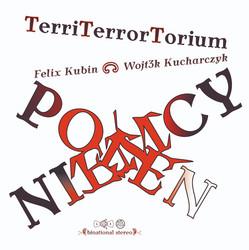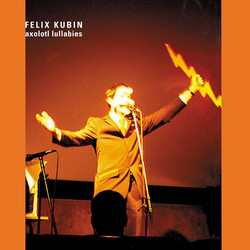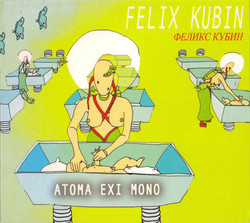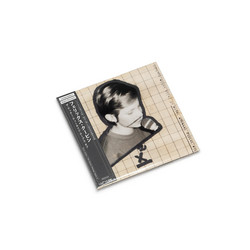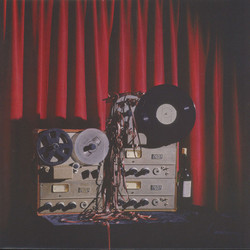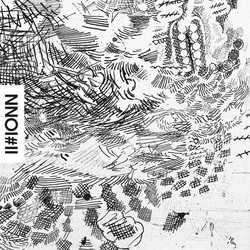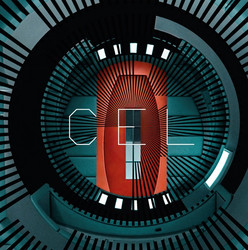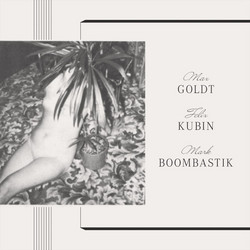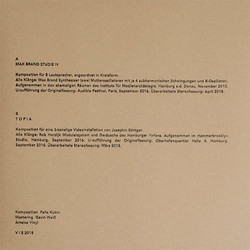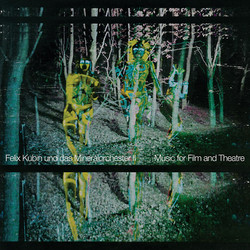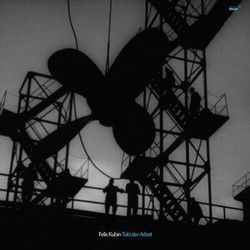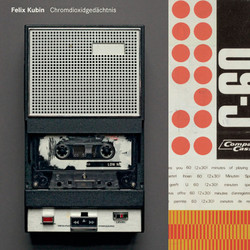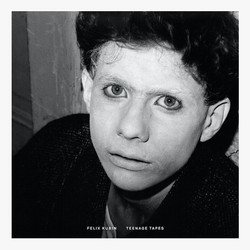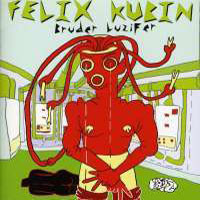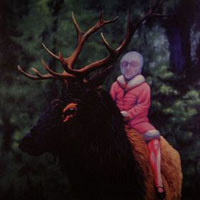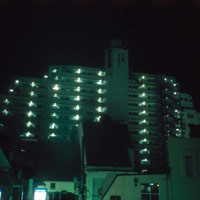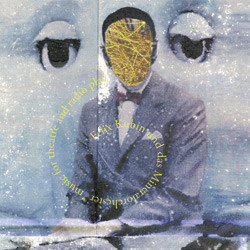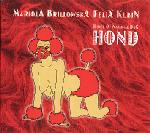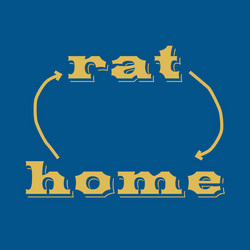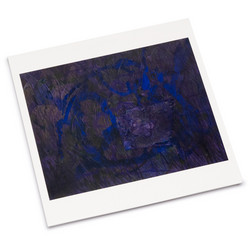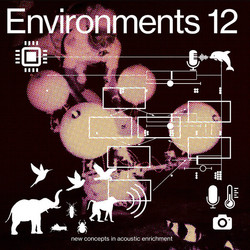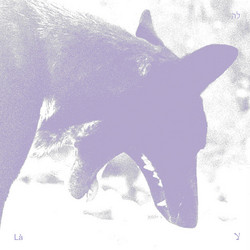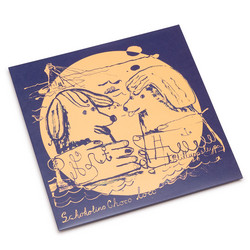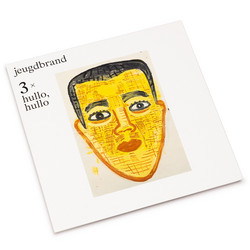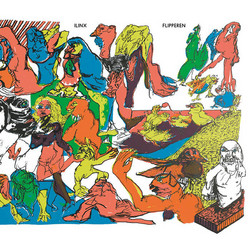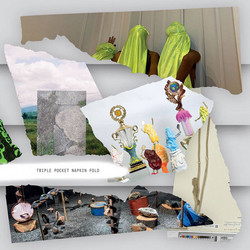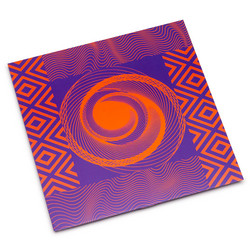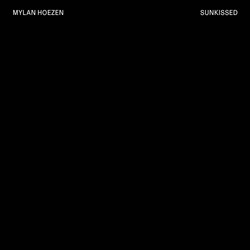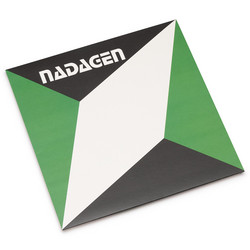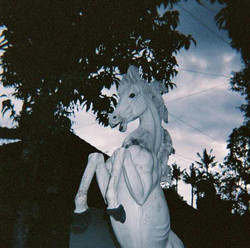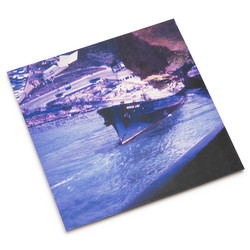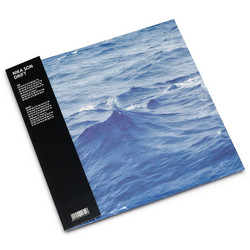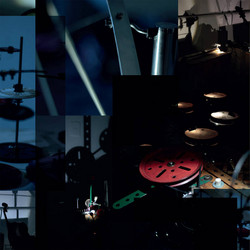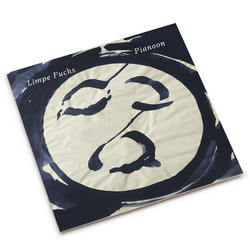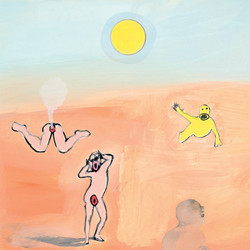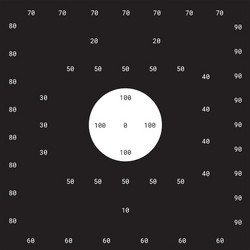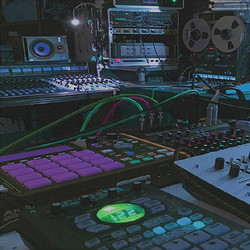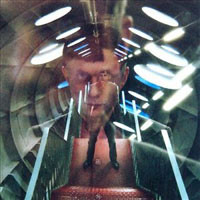1
2
3
4
When the performance group Ligna approached me in 2012 to compose music for a play based on Rudolf von Laban’s revolutionary kinetic theories and so-called ‘Bewegungschöre’ (movement choirs), I thought of a soundtrack that would be both rhythmically engaging, abstract and mechanical. I knew there would be pre-recorded voices talking about his philosophy and guiding the audience via headphones. So, I had to leave some “air” in the arrangements, allowing the visitors to concentrate on the spoken words, while simultaneously becoming dancers. In Ligna’s conceptual works – just like Laban’s idea of the movement choirs – the audience members become the performers. Ligna say about their work:
Tanz aller - that means the dance of all people, but also of all social conditions. Tanz aller - is not a re-enactment of the ‘Laienchöre’ (amateur choirs), but updates the aesthetic questions that the ‘Bewegungschöre’ can pose: What role can mass, what role can dance play today? What does an organization of the masses* beyond representation look like? How do we move from dance to the dance of all relationships?
The first time I heard of Rudolf von Laban* and his students was in 2008, when I created a Hörspiel (radio play) for Westdeutscher Rundfunk (WDR) about instruction manuals called Wiederhole 1-8 (Repeat 1-8). This piece was composed like an intricate music piece, consisting of many modules layered on top of each other. The driving force underneath was an electronic sequencer that embodied the instruction manuals’ nature of doing everything step by step. In one part of the Hörspiel, I interviewed Christiane Meyer-Rogge-Turner, the daughter of Rudolf von Laban’s famous student Lola Rogge (who founded her eponymous dance school in Hamburg in 1927). Christiane explained Laban’s idea of the ‘Bewegungskugel’, a sphere surrounding every human being. All movements inside this sphere – even the ergonomics at working places – can be described in ‘kinetographic’ symbols based on a notation system (Labanotation) that operates independently from gravity.
Like in my radio play, I wanted to work with electronic sequences – but this time in combination with acoustic percussion and brass instruments to give it more lively textures and the possibility of polyphony. Inspired by the Orff-Schulwerk, a collection of percussion pieces for children written by German composers Carl Orff and Gunild Keetman in the 1950s, I came up with a number of different musical themes that would accompany the spoken texts and movement instructions. The originally much longer tracks on this record include socialist marches (Flammende Zeit, Rotes Lied), demonstrations (Masse Mensch), experimental exercises in room exploration (Raumstunde Vera Skoronel) and confrontations between proletarians and capitalists in the machine age (Kreuzzug der Maschine, Dämonen der Zerstreuung, Der Tanz Aller). They all refer as much to the visionary but ambiguous ideas, technology and music of the 1920s as to the abstract drawings and kinetic language of Rudolf von Laban and his students, a lot of which can be found in the inlay of this LP.
* The lines between mass movements and fascism were thin in the 1930s, and they still are. While Laban’s student Martin Gleisner choreographed mass dances for the Social Democratic Party and had to flee after 1933 into exile, Laban (and many other of his students) stayed in national socialist Germany, trying to make movement choirs part of the political system. After that failed, Laban also went into exile. Ligna and Felix Kubin are trying to salvage the forgotten tradition of choreographed masses before 1933 from oblivion.
Tanz aller - that means the dance of all people, but also of all social conditions. Tanz aller - is not a re-enactment of the ‘Laienchöre’ (amateur choirs), but updates the aesthetic questions that the ‘Bewegungschöre’ can pose: What role can mass, what role can dance play today? What does an organization of the masses* beyond representation look like? How do we move from dance to the dance of all relationships?
The first time I heard of Rudolf von Laban* and his students was in 2008, when I created a Hörspiel (radio play) for Westdeutscher Rundfunk (WDR) about instruction manuals called Wiederhole 1-8 (Repeat 1-8). This piece was composed like an intricate music piece, consisting of many modules layered on top of each other. The driving force underneath was an electronic sequencer that embodied the instruction manuals’ nature of doing everything step by step. In one part of the Hörspiel, I interviewed Christiane Meyer-Rogge-Turner, the daughter of Rudolf von Laban’s famous student Lola Rogge (who founded her eponymous dance school in Hamburg in 1927). Christiane explained Laban’s idea of the ‘Bewegungskugel’, a sphere surrounding every human being. All movements inside this sphere – even the ergonomics at working places – can be described in ‘kinetographic’ symbols based on a notation system (Labanotation) that operates independently from gravity.
Like in my radio play, I wanted to work with electronic sequences – but this time in combination with acoustic percussion and brass instruments to give it more lively textures and the possibility of polyphony. Inspired by the Orff-Schulwerk, a collection of percussion pieces for children written by German composers Carl Orff and Gunild Keetman in the 1950s, I came up with a number of different musical themes that would accompany the spoken texts and movement instructions. The originally much longer tracks on this record include socialist marches (Flammende Zeit, Rotes Lied), demonstrations (Masse Mensch), experimental exercises in room exploration (Raumstunde Vera Skoronel) and confrontations between proletarians and capitalists in the machine age (Kreuzzug der Maschine, Dämonen der Zerstreuung, Der Tanz Aller). They all refer as much to the visionary but ambiguous ideas, technology and music of the 1920s as to the abstract drawings and kinetic language of Rudolf von Laban and his students, a lot of which can be found in the inlay of this LP.
* The lines between mass movements and fascism were thin in the 1930s, and they still are. While Laban’s student Martin Gleisner choreographed mass dances for the Social Democratic Party and had to flee after 1933 into exile, Laban (and many other of his students) stayed in national socialist Germany, trying to make movement choirs part of the political system. After that failed, Laban also went into exile. Ligna and Felix Kubin are trying to salvage the forgotten tradition of choreographed masses before 1933 from oblivion.
Details
